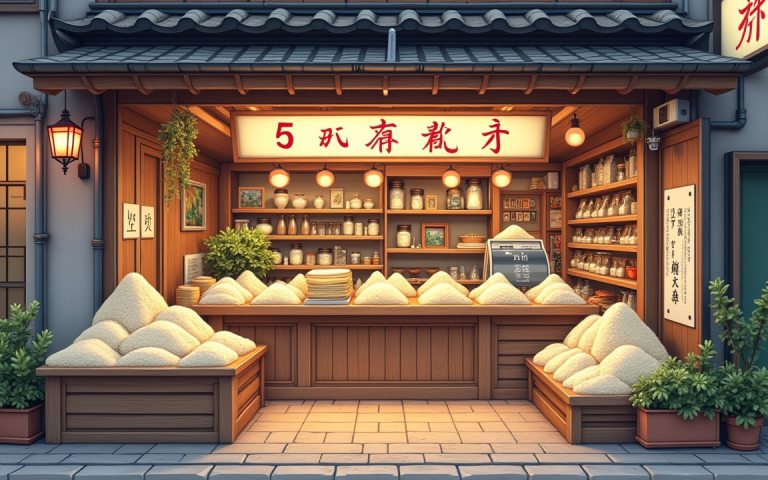More than a hundred people lined up at a farmer’s market near Tokyo for a chance to purchase about a kilogram of Japanese rice for 500 yen ($3.32).
The unique part of the sale was that shoppers had to carefully pile as much grain as possible into a small wooden box to get their portion.
While the weekend sale was primarily a promotional event, it offered a welcome chance for consumers to save money on a basic necessity as inflation continues to outpace wage increases.
Tasuku Uchida, a 28-year-old who participated in the event, told Reuters in a report that he was shocked at his expenditures when shopping, remarking that when he went shopping he was shocked at the expenditure.
So I look back at the receipt and when I realise that I haven’t bought anything extra, it dawns on me just how far prices have risen. I want the government to hurry up and tackle inflation.
Consumer burden and political challenge
Newly elected Prime Minister Sanae Takaichi, who assumed office on October 21, faces a significant hurdle in Japan: near-record rice prices are once again burdening consumers’ finances.
This recurring issue, reminiscent of past struggles (“déjà vu”), persists despite the government’s attempts to mitigate the situation since spring.
With early opinion polls indicating an approval rating above 60%, Takaichi is set to unveil her strategy for addressing the issue.
This will be part of an economic package that is scheduled for compilation by the end of the month. Among the proposed ideas, her newly appointed farm minister, Norikazu Suzuki, has suggested the possibility of offering rice coupons to specific households.
For over three years, inflation—primarily driven by food prices—has consistently risen faster than wages almost every month.
Rice prices currently close to record high
Rice prices initially surged in mid-last year due to supply shortages.
Although the government’s unprecedented move to release emergency stockpiled rice at cut-rate prices this summer provided temporary relief, and assurances of ample supply were given to try and reduce prices, the easing proved to be short-lived.
Supermarket prices for a 5-kg bag of rice reached an average of 4,235 yen in the week leading up to October 27.
This figure represents a 23% increase from the previous year, is double the prices seen in 2023, and approaches the record high of 4,285 yen set in May.
This pricing contrasts with the opinion of former Prime Minister Shigeru Ishiba, who stated that the price of the staple should ideally be well below 4,000 yen.
Reflecting the new harvest, the average wholesale prices for September reached a record high of 36,895 yen per 60 kg, marking a significant 36% increase from the prior month.
Dealers have driven transaction prices up by procuring rice at any cost, despite government assurances of adequate supply.
This aggressive purchasing is motivated by the fear of a repeat of last year’s shortage, which was caused by factors such as extreme heat and a miscalculation of demand.
A rice wholesaler told Reuters in the report that the turmoil of the previous year’s rice shortage had left them traumatized.
Our top priority is to stably supply rice to customers. So it can’t be helped if rice prices are high as we have to secure it.
Concern over expensive rice
Unless a substantial surplus is confirmed by the market, Shunsuke Orikasa, chief researcher at the Distribution Economics Institute of Japan, anticipates that retail prices will not significantly decrease in the months leading up to March.
Takaichi has expressed concern over expensive domestic rice, stating it poses a risk to the nation’s food security. This is due to businesses and some consumers shifting toward more affordable imported rice.
Despite Japan’s high tariffs on imported rice, finance ministry data indicates that private company imports saw a massive increase of nearly 160 times in September compared to the previous year.
Despite Japan’s 341 yen per kilo levy on rice imports by private firms, imported grain remains more affordable than domestically grown rice.
The new administration is reportedly considering shifting its rice policy focus away from consumers and back towards farmers and distributors, despite a recent increase in local grain prices.
Following a planned production increase to 7.48 million tonnes this crop year, the government has set a 2026 target of 7.11 million tonnes, indicating an effort to align supply more closely with demand.
The post Inflation’s toll: high rice prices push Japanese consumers toward imports appeared first on Invezz

